Spinal Ligament
ligaments of the spine
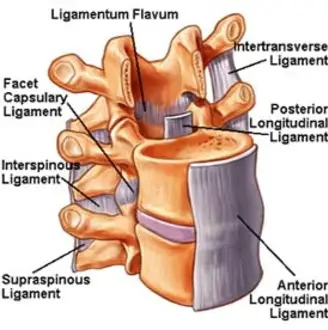
ligaments of the spine
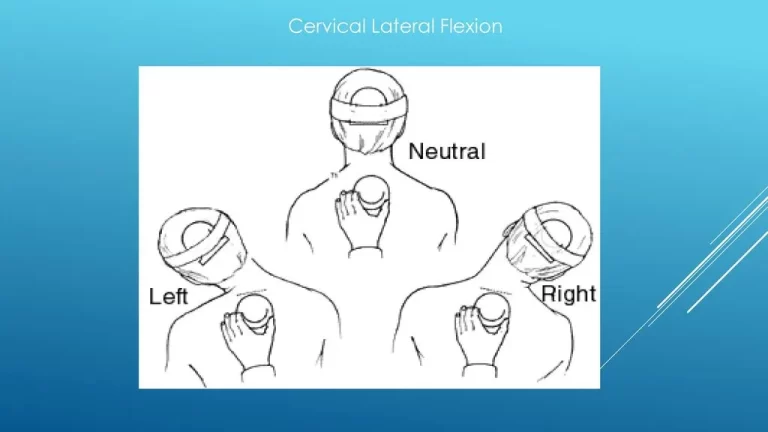
What is Cervical Lateral Flexion? The cervical spine consists of seven vertebrae, and each vertebra is separated by intervertebral discs that allow flexibility and movement. Lateral flexion is one of the primary movements of the cervical spine, along with other movements such as flexion (bending forward), extension (bending back), and rotation (turning the head from…
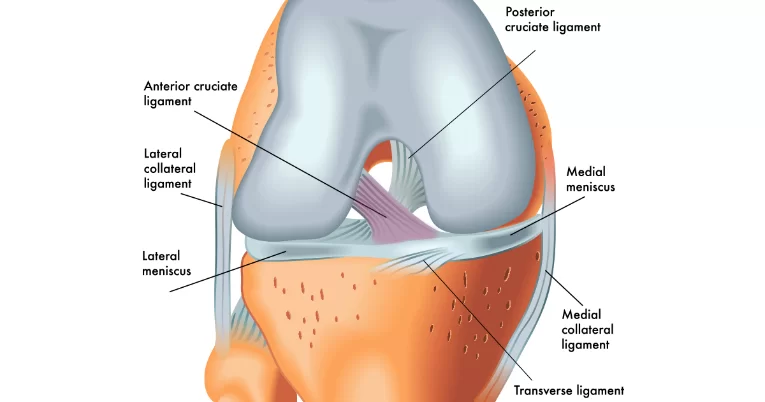
ACL anatomy
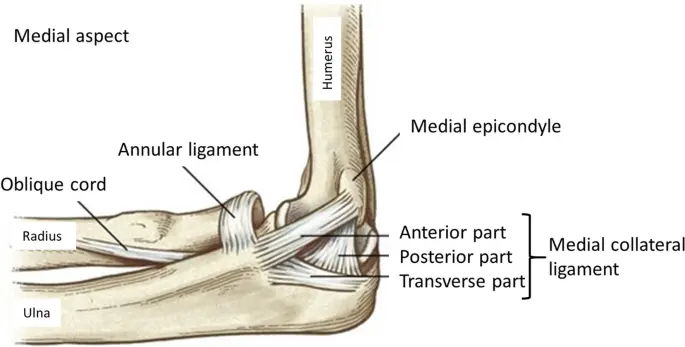
Introduction The elbow joint is a very complex joint that connects the upper arm bone humerus to the two bones in the forearm radius and ulna. The elbow ligament is a strong, fibrous band of tissue that surrounds and stabilizes the joint. It is made up of three main ligaments: the medial collateral ligament (MCL),…
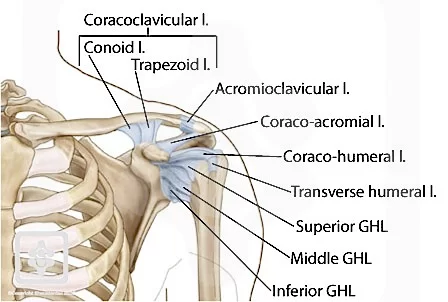
shoulder ligament

Introduction The erector spinae (ES) muscles are large muscles, and the superficial muscles lie just deeply into the thoracolumbar fascia and it originates from the erector spinae aponeurosis (ESA). The proximal part extension on the sacrum bone, the spinous processes of the lumbar vertebrae body, and the erector spinae aponeurosis are all locations where the…
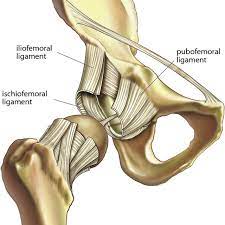
Ligaments of the hip joint
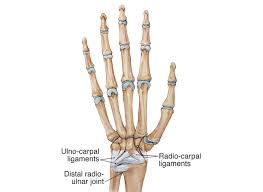
wrist ligament
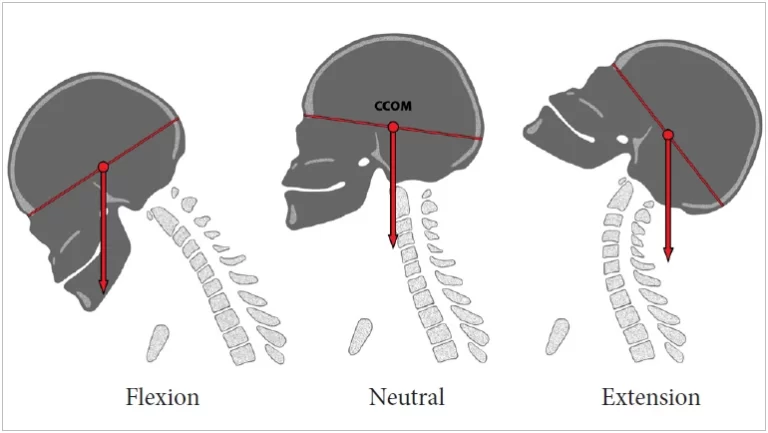
What is Cervical Flexion And Extension? Cervical flexion and extension refer to the movements of the neck, specifically the forward and backward bending of the cervical spine (cervical vertebrae). Here’s a breakdown of each move: Cervical Flexion What is Cervical Flexion? Cervical flexion refers to the forward flexion or flexion movement of the neck. This…
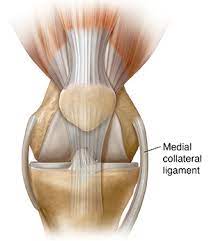
Introduction Ligaments are fibrous tissues that connect bones to other bones in the body. They are made up of collagen fibers, ground substances, and cells. Collagen fibers provide strength and flexibility, while the ground substance lubricates and cushions the ligament. Cells include fibroblasts, myofibroblasts, and endothelial cells. Ligaments can be classified based on their location…